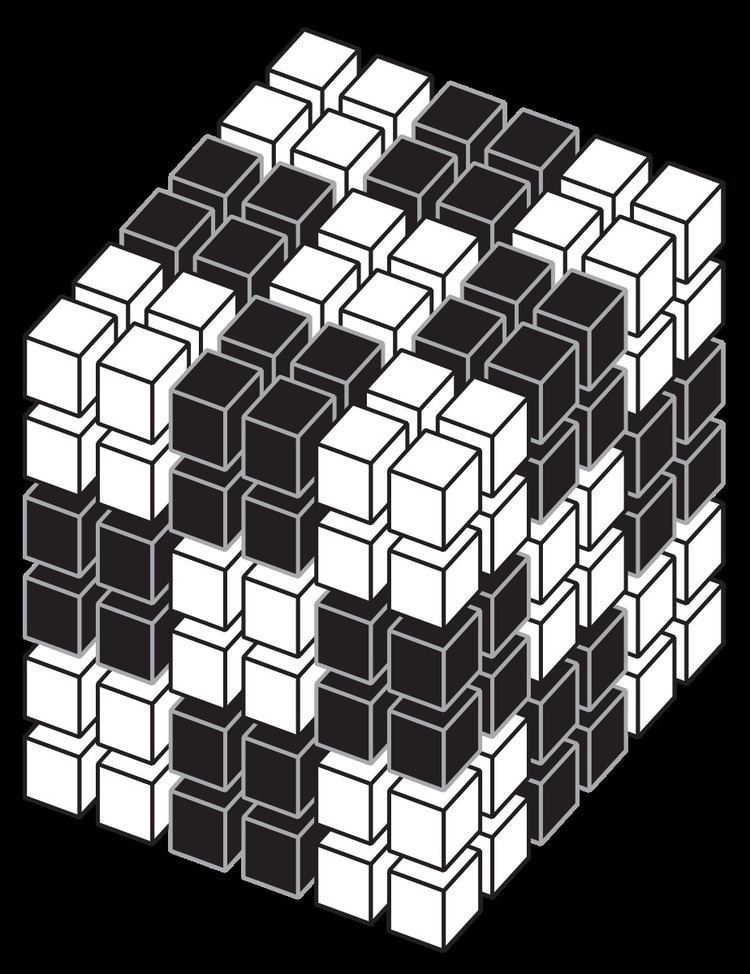 | ||
In a 1969 paper, Dutch mathematician Nicolaas Govert de Bruijn proved several results about packing congruent rectangular bricks (of any dimension) into larger rectangular boxes, in such a way that no space is left over. One of these results is now known as de Bruijn's theorem. According to this theorem, a "harmonic brick" (one in which each side length is a multiple of the next smaller side length) can only be packed into a box whose dimensions are multiples of the brick's dimensions.
Contents
Example
De Bruijn was led to prove this result after his then-seven-year-old son, F. W. de Bruijn, was unable to pack bricks of dimension
Boxes that are multiples of the brick
Suppose that a
A generalization
Not every packing involves boxes that are multiples of bricks. For instance, as de Bruijn observes, a
Harmonic bricks
The second of de Bruijn's results, the one called de Bruijn's theorem, concerns the case where each side of the brick is a multiple of the next smaller side. De Bruijn calls a brick with this property harmonic. For instance, the most frequently used bricks in the USA have dimensions
De Bruijn's theorem states that, if a harmonic brick is packed into a box, then the box must be a multiple of the brick. For instance, the three-dimensional harmonic brick with side lengths 1, 2, and 6 can only be packed into boxes in which one of the three sides is a multiple of six and one of the remaining two sides is even. Packings of a harmonic brick into a box may involve copies of the brick that are rotated with respect to each other. Nevertheless, the theorem states that the only boxes that can be packed in this way are boxes that could also be packed by translates of the brick.
Boisen (1995) provided an alternative proof of the three-dimensional case of de Bruijn's theorem, based on the algebra of polynomials.
Non-harmonic bricks
The third of de Bruijn's results is that, if a brick is not harmonic, then there is a box that it can fill that is not a multiple of the brick. The packing of the
In the two-dimensional case, the third of de Bruijn's results is easy to visualize. A box with dimensions
